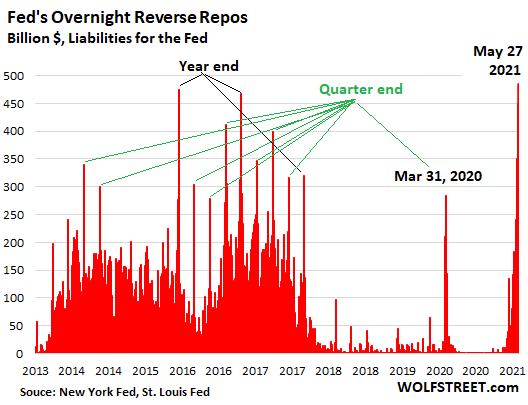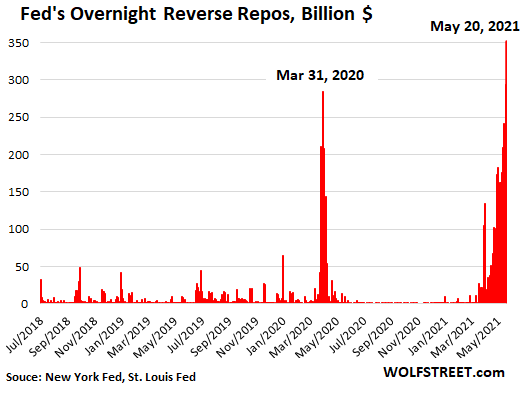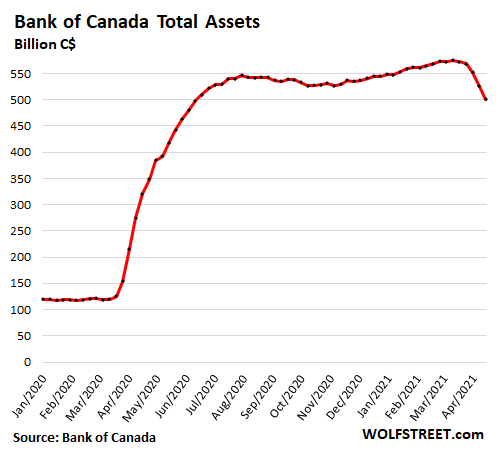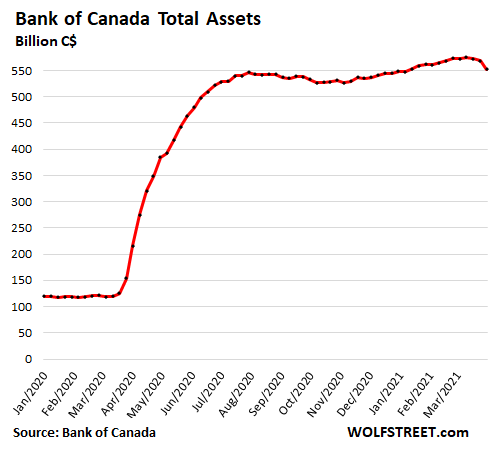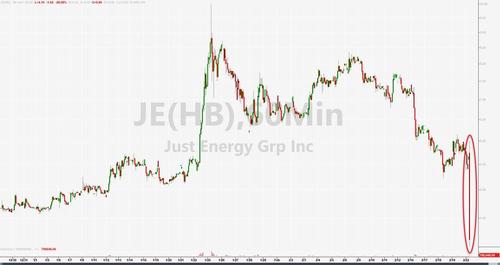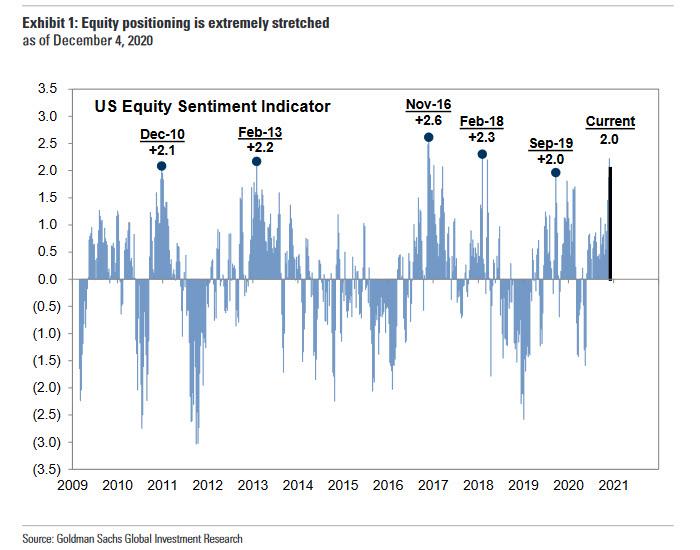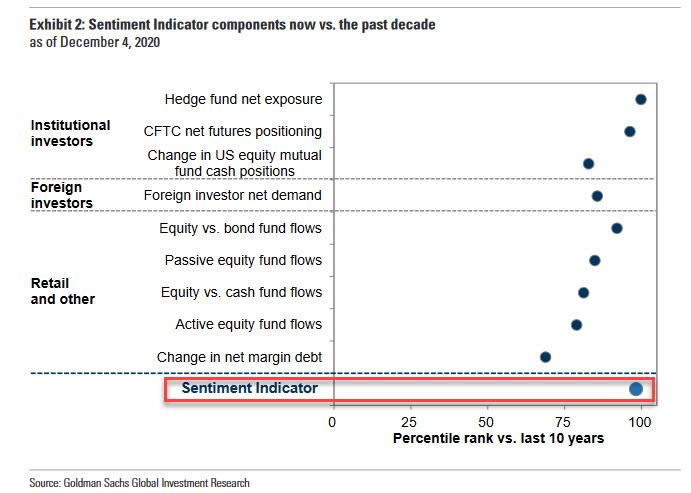Speculation has its own expiration dynamics, and they don’t depend on us recognizing speculative excess for what it is. They will unravel the excesses regardless of what we think, hope or deny.
The Federal Reserve has so completely normalized speculative excess that these extremes are no longer even recognized as extremes. Rather, they are simply “the way the world works.” This Empire of Speculation is complex and plays out on multiple levels.
The primary mechanism is obvious to all: whenever the equity market falters, the Fed unleashes a flood tide of liquidity, i.e. fresh currency, that rushes into the market at the top–corporations, banks and financiers–because the Fed distributes the fresh liquidity solely into the top tier of market players.
The Fed’s ability to conjure up liquidity in a variety of ways appears limitless: expand its balance sheet (QE), use the reverse repo market and bank reserves, launch new lending mechanisms, and so on.
The Fed has long relied on useful fictions to mask its agenda. One useful fiction is that the Fed is independent and apolitical. Despite being risibly shopworn, this mirth-inducing fiction is still dutifully trotted out by every Fed chairperson.
Another useful fiction is that the Fed’s mandate focuses on promoting stable expansion of the economy, not the equity market. This masks the reality everyone knows and acts on, which is the market isn’t a reflection of the economy, it is the economy.
This is why the Fed will pursue ever greater policy extremes to rescue the market from any decline and keep equity markets lofting higher: should the market falter, the economy will quickly follow, as the animal spirits of the market are now the primary engine of expansion.
…click on the above link to read the rest…



